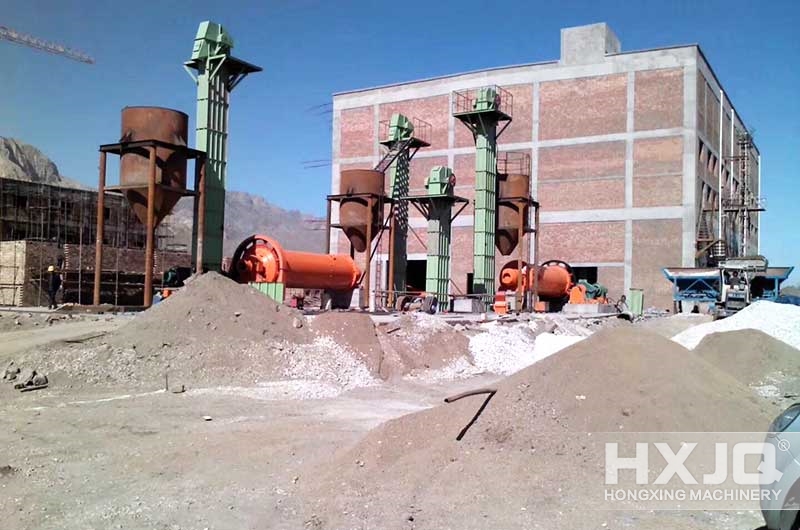
Many customers find it hard to believe when they hear that a ball mill can be used to produce sand. After all, isn't a ball mill used for grinding powder? In fact, you can think of it as a rod mill for sand production, specifically a rod mill-type sand-making machine.
A ball mill operates through point contact, resulting in a finer grinding fineness, while a rod mill operates through line contact, resulting in a coarser grinding fineness. The sand produced by a rod mill meets the construction sand particle size standards, which is why rod mills are commonly used for sand production.

Can a ball mill be used for sand production?
Can a ball mill manufacture sand? Yes, it is a precision grinding machine widely used in industrial production. A certain amount of steel balls are placed as grinding media in its cylinder, and it can grind materials to a fineness of 30-250 mesh. The resulting particle size is fine and meets the standards for construction sand, making it suitable for producing standard coarse and fine sand. Additionally, the entire sand production process is carried out in a sealed manner, effectively reducing dust overflow and noise.
Working principle of ball mill for sand production
A ball mill for sand production is a horizontally structured sand-making machine that operates stably. It consists of the feeding section, feeding part, cylinder, transmission part, and other components. It can process sandstone raw materials such as feldspar, quartz stone, basalt, and river pebbles. The ball mill for sand production is equipped with steel rod grinding media. During operation, the internal grinding bodies and mineral materials continuously impact, roll, and descend. Due to the hardness and strength of the mineral materials being inferior to the steel rods, the steel rods constantly grind them into small particles.
What is the quality of sand produced by a ball mill?
A ball mill is not only a commonly used mining processing equipment but also a high-performance artificial sand production equipment. It comes in various types to meet the production needs of different users. Depending on the different grinding media, it can be divided into three series: ball mill, rod mill, and ceramic ball mill.
Generally, the sand produced by a ball mill can be controlled in terms of particle size, and the particles are plump, resulting in good finished products. It is well-received by the market and users. The feed size is less than 20mm and the production capacity ranges from 45 to 386 tons per hour.
How much is the investment cost for a ball mill for sand production?
Regarding the cost, it mainly includes the cost of the equipment itself and the operating costs. From these two perspectives, the cost of a ball mill is not high, but the specific cost varies greatly depending on the production scale (production capacity), and there can be significant differences in actual costs.
1. Price of a ball mill
In terms of price, the ball mill is slightly lower than other machines, ranging from approximately $14,000 to $140,000. The main reasons for this price range are the various models and specifications available, different production capacities, and intense competition among manufacturing companies.
2. Operating costs of a ball mill
The internal structure of the equipment has no lubricating parts, resulting in a low failure rate. The cylinder does not require cooling, has a long service life, stable performance, and can operate continuously for a long time. The maintenance cost is reduced. The ball mill uses a self-coupling pressure relief startup device, which can reduce the motor's starting current and decrease the system's energy consumption. Therefore, the operating cost of a ball mill is not high, making it very suitable for small and medium-sized or home factories.
Please fill in the form below or inquiry online to get price & service
 Chat Online
Chat Online
 Get Quote
Get Quote